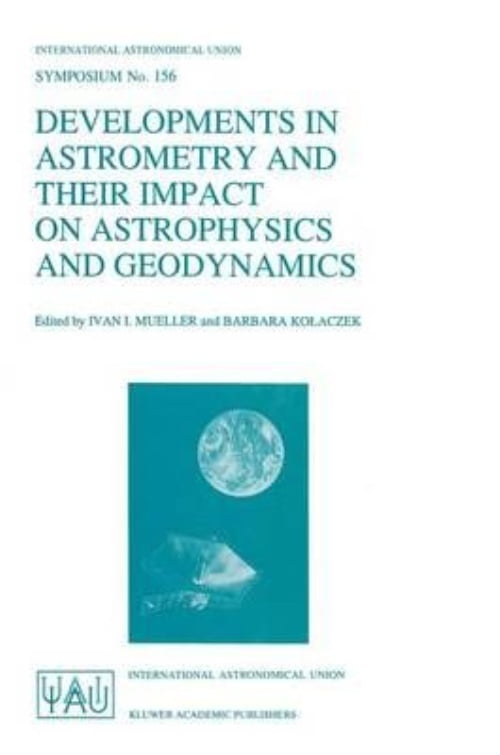

The impact parameter in the standard post-Newtonian formulas. We demonstrate that these terms result from an inadequate choice of Post-post-Newtonian terms relevant for the microarcsecond accuracy isĮlucidated. To be correct at the level well below 1 microarcsecond for arbitrary observer Numerical integration of differential equations of light propagation and found The derivedĪnalytical solution has been verified using the results of a high-accuracy Solution contains terms of both post-Newtonian and post-post-Newtonian order,īut is valid for the given numerical level of 1 microarcsecond. Solution for the boundary problem for light propagation is derived. Term remains important for this numerical accuracy.

Post-post-Newtonian terms may play a role for an observer in the solar systemĪt the level of 1 microarcsecond and conclude that only one post-post-Newtonian UsingĪnalytical upper estimates of each term we investigate which

The PPN and post-linear parameters $\beta$, $\gamma$ and $\epsilon$. The aim of this work is to demonstrate thisįact, identify the reason for this error and to derive an analytical formulaĪccurate at the level of 1 microarcsecond as needed for high-accuracyĪn analytical post-post-Newtonian solution for the light propagation for bothĬauchy and boundary problems is given for the Schwarzschild metric augmented by Observations the well-known post-Newtonian solution for light propagation hasĪn error up to 16 microarcsecond. The Schwarzschild metric shows that in some situations relevant for practical Numerical integration of the differential equations of light propagation in These applications to astrometry are the result of a French-Italian collaboration between the SYRTE and OATO. The study is finally completed by the reconstruction of a celestial sphere using 5 years of observations simulated with our model.
#Astronomical applications of astrometry pdf series#
Following this validation, we use the TTF and the Gaia tetrad developed for RAMOD to simulate a series of astrometric observations within the GSR software. We use an original procedure to get an analytical comparison of our light propagation model with the two approaches developed for Gaia, namely GREM and RAMOD. In the second part of this thesis, we focus on high precision astrometry in the context of the Gaia mission, scheduled for launch in late 2013. We also propose several analytical applications of our results up to the 2PM order. This very general form is particularly adapted to numerical computation and to test of alternative theories of gravity. We obtain these observables as integrals depending on the metric tensor and its derivates only. We use the Time Transfer Functions (TTF) formalism to characterize the influence of gravitational light deflection on the Ranging, Doppler and astrometric observables for applications to these future projects. The first part of this thesis is dedicated to the study of light propagation. It is then necessary to conceive several independant relativistic models to perform data analysis ensuring the appropriate treatment of all effects important at the required level of accuracy.

Modern space projects currently under development, such as BepiColombo for the exploration of Mercury or Gaia for space astrometry, have the goal of getting high precision data about their main targets.


 0 kommentar(er)
0 kommentar(er)
